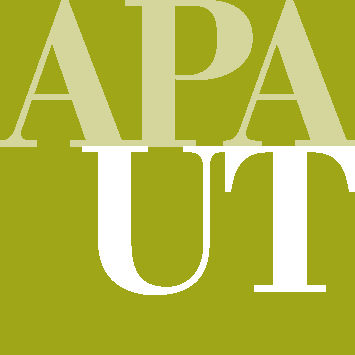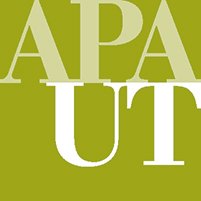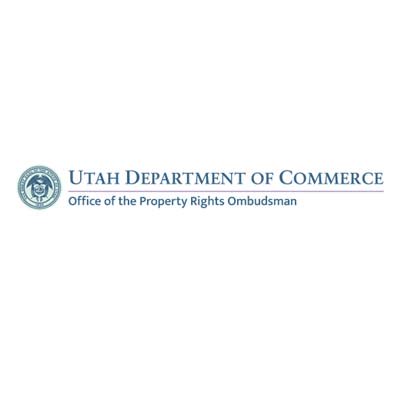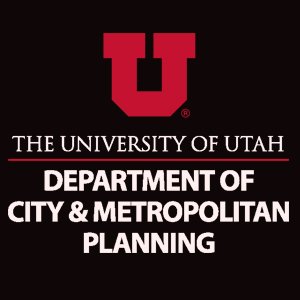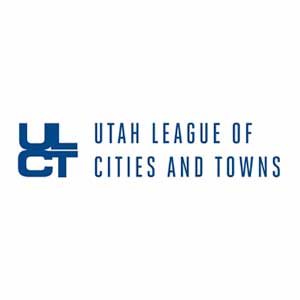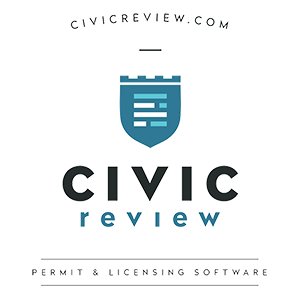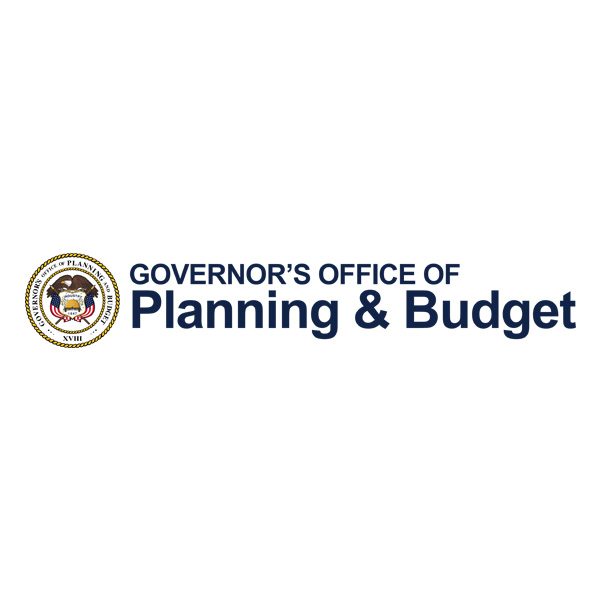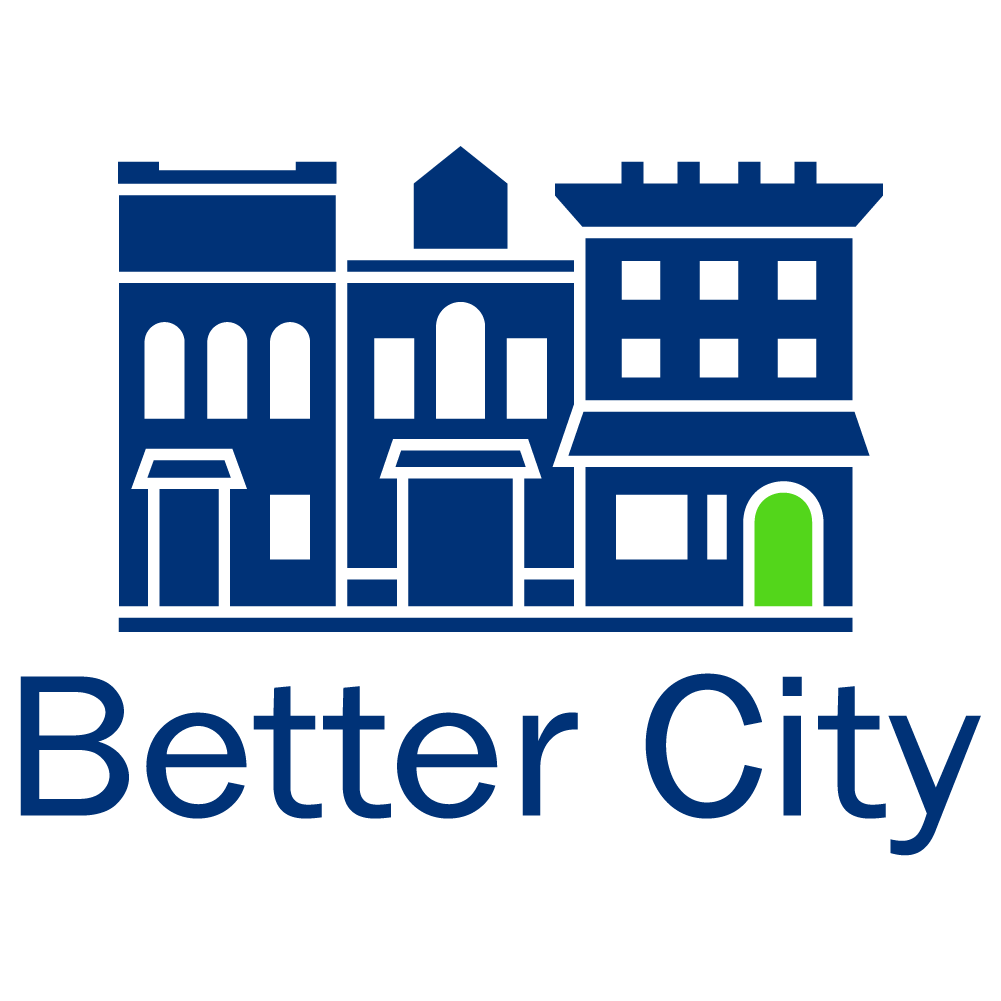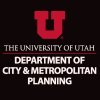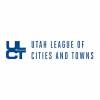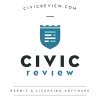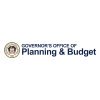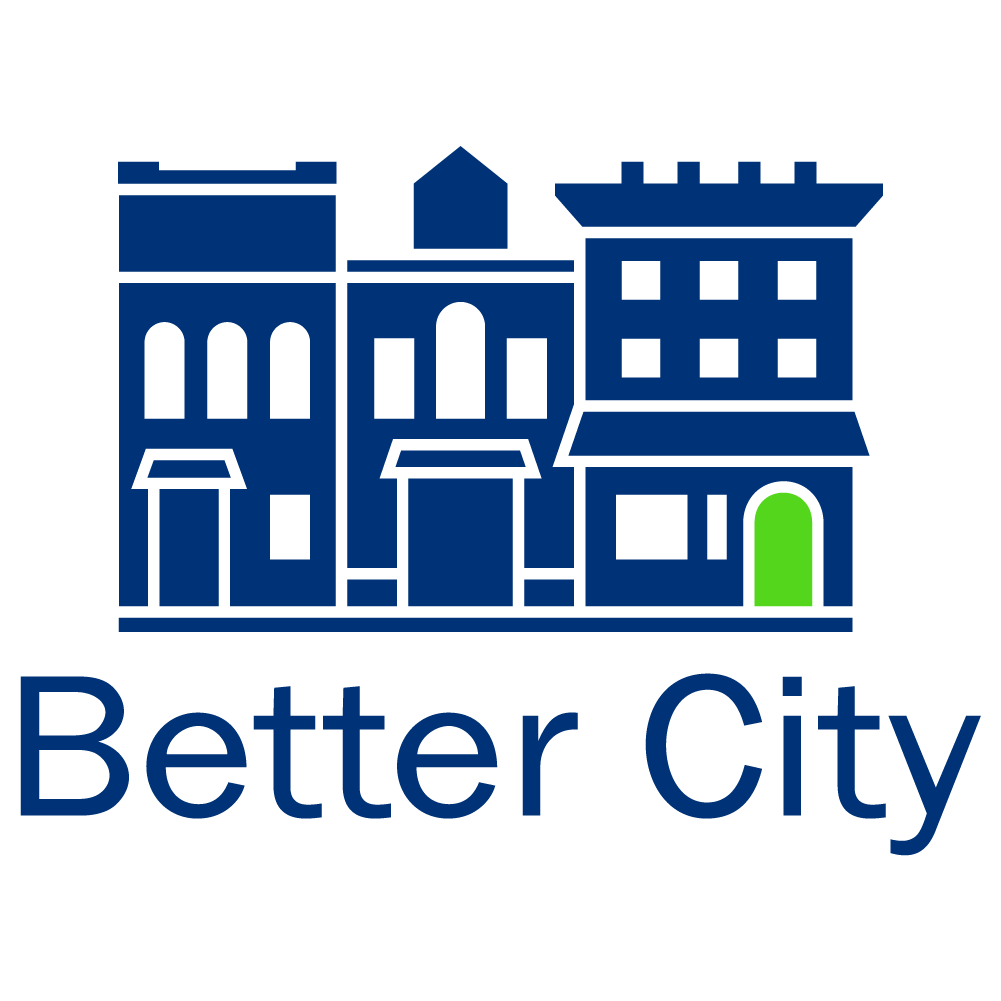Cars Will Take the Streets Back Unless Cities Act Quickly
April 19, 2021 by admin
Transportation
Amid the devastation caused by the pandemic, an urban awakening occurred. It would have been international news on its own, had the health crisis not overshadowed it. As businesses and offices closed their doors, cities opened their streets for residents and restaurants hungry for space and socially distant outdoor activity—a radical transformation of asphalt into active places at an astonishing scale and pace. The revival of street life revealed how much of their own vitality cities had conceded to cars. But this sudden flowering is now in peril as traffic returns. In April 2020, rush-hour traffic in the United States dropped by three-quarters. A renaissance of bike riding began in hundreds of cities around the globe, supported by new temporary lanes and pedestrian-priority street redesigns in places such as Austin, Boston, and Oakland. City officials converted hundreds of streets and individual vehicular lanes and thousands of parking spaces in New York, Los Angeles, San Francisco, Philadelphia, Seattle, and Washington, D.C., for better uses. Local residents dusted off patio and camping chairs and set them out in the street to play bingo. People strolled and spoke with neighbors, assumed lotus position at mid-block yoga sessions, played pickleball, danced, or just watched the world go by on roa When restaurants reopened, dining al fresco became the safest way for patrons to support them and their employees. New York City alone reclaimed 10,000 parking spaces for outdoor seating—offering a lifeline to thousands of restaurants. San Francisco’s Valencia Street in the Mission District became a weekend restaurant street. Chicago Mayor Lori Lightfoot expanded a successful summertime dining-streets program including more than 300 restaurants into the colder seasons and announced a competition to design structures to keep diners safe and warm.
The car-free-streets trend spread far beyond the usual list of progressive cities. Among those reallocating space for biking, walking, or outdoor drinking and dining were Boise, Idaho; Salt Lake City; Tampa, Florida; Milwaukee; Nashville; and Louisville, Kentucky. A survey of 130 American mayors found that 92 percent of cities had created some kind of outdoor-dining program by last summer.
Although New York, Seattle, and other cities are making recent street-level changes permanent, others, including San Diego, are treating last year’s car-free streets as just a pandemic fling. Many others, such as D.C., appear poised to let some or all of last year’s improvements lapse.
For cities to return to the pre-pandemic status quo would be a historic blunder. Last year’s innovations provided a road map—no pun intended—for undoing the planning sins of the 20th century. With traffic congestion still well below normal levels, and with the memory of car-free streets still fresh, cities can keep reducing their dependence on private vehicle ownership by making their streets more attractive and accessible to people without cars. Of the 130 mayors interviewed last summer by Boston University researchers, nearly half said they had closed some roads to through traffic, and about a third had shut some roads to all car traffic. Sadly, only a handful intended to make the changes permanent. A majority, the survey found, “have not embraced the pandemic as an opportunity to fundamentally reimagine how they allocate space in the public realm, particularly roadways.”
americans have paid dearly for a transportation system that didn’t work well before the pandemic. Even in many of the country’s densest cities, roads prioritize personal cars, trucks, and SUVs, making car ownership a virtual requirement to reach most jobs and services. Motor-vehicle emissions are the leading cause of American air pollution and a major contributor to climate change. Despite more than a century of building new and wider roads, traffic congestion had steadily increased in cities before the pandemic, and many people don’t have enough choices for getting around. Forty-five percent of Americans lack access to public transportation, and 9 percent of households lack access to a car. Even in highly urbanized areas, complete sidewalk networks and adequate crossings for pedestrians are far from a given. In many areas, roadways are designed so exclusively for motor vehicles that the idea of riding a bike is viewed as reckless.
In part because of these planning choices, every year since World War II more than 30,000 people have died on American roads. In a grim irony, last year’s plunge in traffic congestion turned streets into deadly speedways, causing 42,000 people to lose their life in a motor-vehicle crash—the highest level in 13 years and the largest one-year increase in nearly a century.
Especially in cities, the most effective way to prevent these dangers is through roadway redesigns that reduce car speeding and promote other ways of getting around. Instead, local governments and tech companies alike are counting on smarter cars to miraculously reduce traffic congestion and roadside casualties. For some time, 2020 had been hyped as the year of driverless cars, expected to usher in a new era of safe, robotically enabled mobility. But that promise remains an elusive fantasy in 2021, and Americans can’t pin our hopes on smarter cars to reverse the problems caused by their internal-combustion ancestors. When the pandemic finally eases, many cities will be left with battered transit systems, a renewed influx of traditional cars, and the same roadways—an outcome that few, if any, U.S. cities are doing enough to forestall.
The Biden administration can help to some degree, and it is saying the right things. “You should not have to own a car to prosper in this country,” Transportation Secretary Pete Buttigieg tweeted last month, “no matter what kind of community you’re living in.” President Joe Biden recently unveiled a $2 trillion infrastructure planthat would double federal spending on public transportation systems in cities, to $85 billion, and devote another $20 billion to improving roadway safety. It also includes $20 billion to undo the damage highways have inflicted on cities, particularly in Black neighborhoods.
Biden and Buttigieg can do another major service for cities: fix the federal government’s arcane, outdated, absurdly car-centric yet hugely influential street-design manual, which state and local transportation planners use to make a host of decisions—how wide roadway lanes should be, how bike lanes should be marked, where to install crosswalks and traffic signals. Currently under revision, the guide (with the aptly cumbersome name “Manual of Uniform Traffic Control Devices”) focuses far more on maintaining car traffic flow than on facilitating transit or assisting pedestrians and cyclists, and it is silent on the kind of mixed-use streets that emerged during the pandemic.
Making pandemic-era bike lanes and outdoor-dining areas permanent fixtures should not require a global calamity, but cities outside the United States have taken far better advantage of the opportunity than their American counterparts. Having converted the Rue de Rivoli into a car-free corridor during the height of the pandemic, Paris Mayor Anne Hidalgo this year announced a $300 million plan to remake the fabled Champs-Élysées into an “extraordinary garden” of pedestrian-focused space, and reclaim half of the city’s 140,000 parking spaces.
To serve their residents well, U.S. cities can’t just return to the pre-pandemic norm. They need to come back more resilient, more sustainable, more economically connected, and more equitable. Reclaiming city streets from the domination of cars is never easy, but it will never be easier than it is right now.
JANETTE SADIK-KHAN is a principal at Bloomberg Associates and former commissioner of the New York City Department of Transportation. She served as Deputy Administrator of the Federal Transit Administration and is the co-author of Streetfight: Handbook for an Urban Revolution.
SETH SOLOMONOW is the co-author of Streetfight: Handbook for an Urban Revolution, and served as press secretary under Janette Sadik-Khan in New York. He works with Bloomberg Associates.
https://www.theatlantic.com/ideas/archive/2021/04/cars-will-take-streets-back-unless-cities-act-quickly/618615/
Image by: JEFF GRITCHEN / MEDIANEWS GROUP / ORANGE COUNTY REGISTER / GETTY
Recent News
- » Planning In The News: Will Utah home prices drop as a result of the ‘silver tsunami’?
- » 2024 APA UT Spring Conference: Cedar City, UT. The Call For Sessions is Currently Open.
- » Planning in the news: Living in Daybreak- What residents say the Utah community is really like
- » Planning In The News: Planning Commission green lights proposed ban on gas stations near waterways and parks
- » As states argue over who should cut their Colorado River use, a new plan puts the environment first
- » Developer planned the demolition of the historic Fifth Ward meetinghouse
- » Long-awaited ‘River Tunnel’ at SLC Airport gets sneak peek
